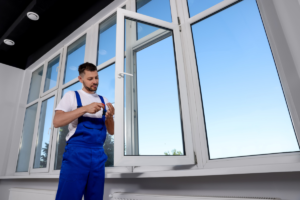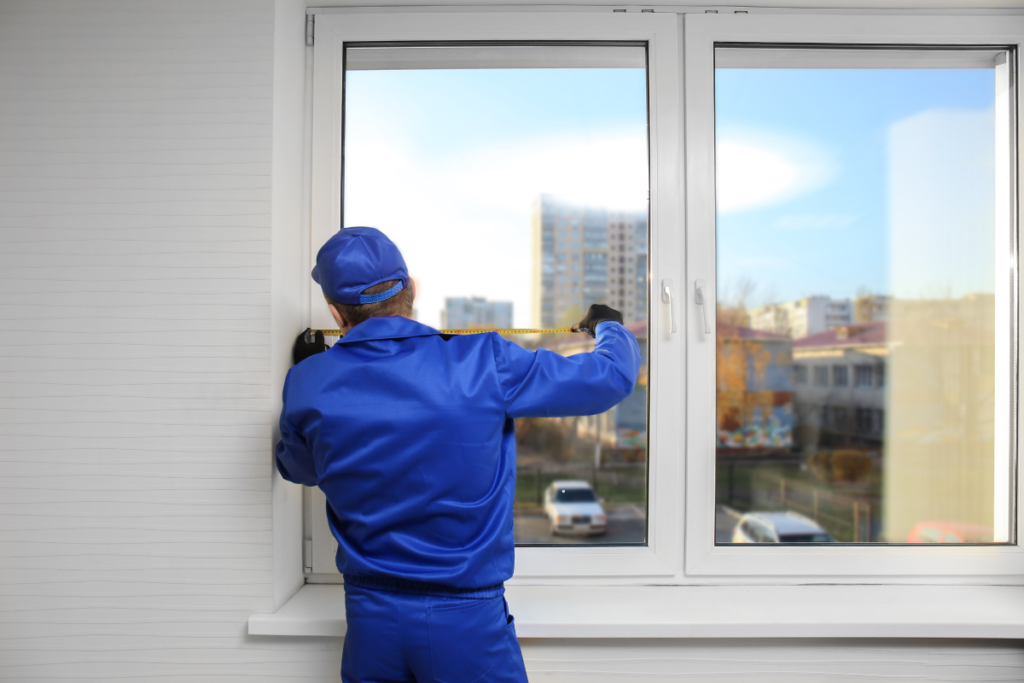 Introduction to Pre-Construction Window Cost Estimation:
Introduction to Pre-Construction Window Cost Estimation:
Pre-construction window cost estimation is a critical part of planning any construction project, whether it’s a residential home, commercial building, or industrial complex. Windows not only contribute to the aesthetic appeal of a structure but also play an essential role in energy efficiency, security, and comfort. To ensure you stay within your budget and avoid unexpected costs during construction, conducting a thorough pre-construction window cost estimation is essential.
This article will delve into the key factors that influence the cost of windows before construction begins, helping you understand how to plan effectively and keep your project on track.
1. Understanding Window Types and Their Impact on Cost
The type of window you choose significantly impacts your overall budget. Various styles are available, and each comes with a different price point, depending on factors such as materials, design, and energy efficiency.
- Single-Hung and Double-Hung Windows: These are some of the most common window types and are relatively affordable. Single-hung windows have one movable sash, while double-hung windows allow both sashes to move, providing better ventilation.
- Casement Windows: These windows are hinged on the side and open outward. Casement windows are often more expensive than double-hung windows but provide excellent ventilation and an unobstructed view.
- Bay and Bow Windows: These are larger, decorative window types that project outward from the structure. They add a touch of luxury to a home but come with a higher price due to their complex design and installation requirements.
- Picture Windows: Ideal for large walls, picture windows are fixed and provide ample natural light. While they can be expensive depending on the size, they don’t have moving parts, which can reduce long-term maintenance costs.
When doing a pre-construction window cost estimation, consider which window types suit your project’s aesthetic and functional needs while staying within your budget.
2. Material Choices and Cost Considerations
The material of the window frame plays a pivotal role in the cost estimation process. The most common materials include:
- Vinyl: Vinyl is a popular, low-cost material known for its durability and energy efficiency. It’s low-maintenance and ideal for budget-conscious homeowners.
- Wood: While wood offers a classic, elegant look, it tends to be more expensive and requires regular maintenance to prevent rot and insect damage.
- Aluminum: Lightweight and durable, aluminum windows are a good option for modern, minimalist designs. However, they may not be as energy-efficient as vinyl or wood.
- Fiberglass: Fiberglass frames are strong and highly energy-efficient, but they are also one of the more expensive options on the market.
When calculating the pre-construction window cost estimation, it’s important to weigh the pros and cons of each material in terms of both upfront costs and long-term maintenance.
3. Glass Options and Energy Efficiency
The type of glass you select can have a major impact on both the upfront cost and the long-term savings on your energy bills. Energy-efficient windows may cost more initially but can save you money in the long run.
- Single-Pane Glass: This is the most basic and cheapest option, but it provides minimal insulation.
- Double-Pane and Triple-Pane Glass: These windows come with layers of glass and a layer of gas, such as argon, between the panes to improve insulation and energy efficiency.
- Low-E Coatings: Low-emissivity (Low-E) coatings help to reflect infrared light, keeping heat inside during the winter and outside during the summer. This can add to the window cost but significantly improve energy efficiency.
When factoring energy-efficient options into your pre-construction window cost estimation, consider how much you’ll save on heating and cooling in the years to come.
4. Custom vs. Standard Windows
Another factor to consider during pre-construction window cost estimation is whether you’ll be using standard or custom windows. Standard windows come in set sizes and styles, making them more affordable and easier to install.
Custom windows, on the other hand, are made to fit unique spaces or feature specific designs. While custom windows can add a special touch to your project, they are more expensive due to the specialized manufacturing and installation required.
If your project involves irregular window openings or you want a unique design, be prepared to allocate more funds to custom windows in your budget.
5. Labor Costs and Installation Challenges
Installation costs are a crucial part of your pre-construction window cost estimation. Labor rates can vary depending on location, the complexity of the installation, and the contractor’s expertise.
In areas where labor is in high demand, such as urban centers, installation costs may be significantly higher. Additionally, if your building design includes difficult-to-reach areas or requires more extensive preparation for window installation, this can add to the overall cost.
When planning your window budget, it’s important to get estimates from several contractors to ensure you’re getting a fair price. Make sure to ask for detailed quotes that break down labor costs, material costs, and any additional fees for challenging installations.
6. Building Codes and Permits
Depending on your location, local building codes and regulations may influence your window choices and increase the overall cost. Some areas have specific energy efficiency standards that windows must meet, or they may require impact-resistant windows in regions prone to hurricanes or earthquakes.
You may also need to obtain permits for window installation, especially in larger projects. These permits come with fees, which should be included in your pre-construction window cost estimation.
Before moving forward with window installation, consult with your contractor or local building authority to ensure all codes are being followed and permits are obtained to avoid delays or penalties.
7. Project Size and Timeline
The overall size of your project plays a huge role in window cost estimation. Large-scale projects, such as multi-story buildings, will naturally require more windows, labor, and materials than smaller, residential builds.
The timeline also affects the cost. Rushed projects that require expedited manufacturing or installation will come with additional costs. To avoid this, it’s best to plan your window installation well in advance as part of the pre-construction phase.
Accurate pre-construction window cost estimation is crucial for staying on budget and avoiding surprises down the road. By considering factors such as window type, material, glass options, labor costs, and local regulations, you can create a comprehensive cost plan that ensures the success of your project. Keep in mind that while it may be tempting to cut costs upfront, investing in high-quality, energy-efficient windows can lead to long-term savings and increased property value.
Are you looking for the best estimating services in USA?
Look no further than “https://zionestimating.com”
They are offering top-notch services like;
- Construction/cost estimation
- Budget planning
- Material takeoff
- Equipment estimation
and further more!!!
Here are some more information for your convenience:
Phone no. : +1 718-427-9941 || +1 562-383-6177
Email:[email protected]
Visit their blogs and site
https://zionestimating.com for the latest updates and service tips!
